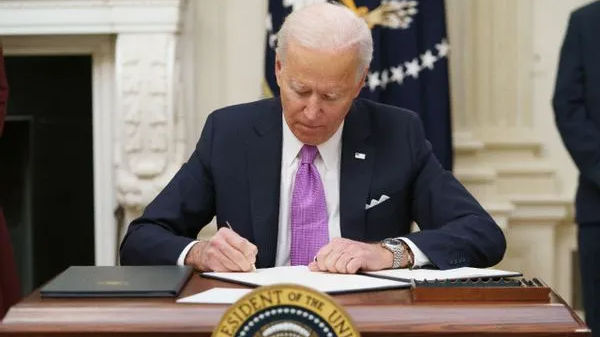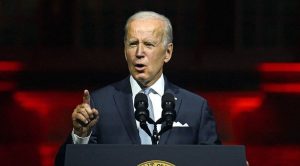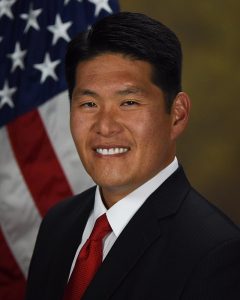With latest government data pointing towards a struggling job market, US President Joe Biden accelerated his push to win Congressional approval of his $1.9 trillion pandemic relief package after it cleared a key Senate hurdle.
The Labor Department on Friday reported the unemployment rate dropped to 6.3% in January but the economy added only 49,000 jobs as the world’s largest COVID-19 outbreak continues to hamper businesses.
The private sector created only 6,000 positions last month, and Biden warned, “At that rate, it’s going to take 10 years before we get to full unemployment.”
“That’s not hyperbole, that’s a fact,” the president said at the White House, AFP reported.
In the early hours of Friday, Senate Democrats overcame a procedural hurdle and set the stage for a party-line enactment of Biden’s relief bill, which includes a host of measures to help the economy recover, including more aid to small businesses and the unemployed.
ALSO READ | Joe Biden ‘going to act fast’ on COVID relief as Americans near breaking point
But in a sign of just how narrow a path it must walk to pass the bill, Vice President Kamala Harris ended up being the tie-breaking vote to overcome the objection of Republicans, who have said the proposal is too expensive as the country deals with a large budget deficit.
The United States is the worst-affected country in terms of COVID-19 cases and deaths, and analysts warn that the monthly employment report indicates the economy’s recovery remains tied to the intensity of the pandemic.
“Hiring will pick up as restrictions are relaxed but gains will be stronger once the economy can fully reopen,” Rubeela Farooqi of High Frequency Economics said, AFP reported. “Until then, generous fiscal support will provide a safety net for households and businesses.”
Unemployment in the world’s largest economy was at historically low rates before the pandemic struck, which caused it to surge to 14.7%.
It’s declined in the months since, but at a progressively slower pace, and in December, the economy registered a decrease in hiring, though the rate remained at 6.7%.
The economic recovery overall has been uneven, with some sectors like housing bouncing back faster from business shutdowns that began in March.
But the Biden administration has argued the economy needs more spending to recover, pointing to signs of economic distress like a Commerce Department report released last week showing the United States last saw its worst contraction in economic growth since 1946.
The decline in the January unemployment rate to 6.3% was a steeper fall than analysts expected, but there were warning signs for the economy throughout the data.
Unemployment remains disquietingly widespread, with the Labor Department saying the workforce is overall 6.5% smaller, or 9.9 million positions, below where it was in February before the pandemic.
At 61.4%, the labour force participation rate in January was at a level not seen since the 1970s, and Gregory Daco of Oxford Economics said adjustments meant to account for holiday-related employment trends made the data appear better than it is.
“While favourable seasonal factors helped lift the monthly jobs count, the January gain nonetheless represented little progress toward recovery,” he said, AFP reported.
The number of people who are long-term unemployed rose to just over four million, or 39.5% of all unemployed people, which William Spriggs, chief economist of the AFL-CIO trade union federation, warned indicated a persistent employment crisis.
“These show it will be very hard to get the unemployment number down. We need help now to slow that growth,” he tweeted.
Job growth was strongest in the business services and private and public education sectors, but continued layoffs in industries like retail trade, health care and especially the hard-hit leisure and hospitality sector undercut the gains.
The pain was not being felt evenly across the country, with adult men and women, as well as whites and Hispanics, seeing their unemployment rates decline.
ALSO READ | US unemployment rate drops to 6.3%; 49,000 jobs added in January: Govt
But unemployment changed little for Black Americans who have a high rate at 9.2%, while teenagers also saw little improvement at 14.8%.
“The labour market was frozen at the start of the year, and is completely dependent on the pace of reopening,” Ian Shepherdson of Pantheon Macroeconomics said.
Further improvement, however, may be at hand after some states lifted restrictions on restaurants and other businesses meant to stop COVID-19 cases.
“This likely will be reflected in the February payroll numbers, but the big increases needed to restore the lost 10 million-plus jobs can’t come until the economy can reopen more fully and people are confident in mingling again,” he said.






